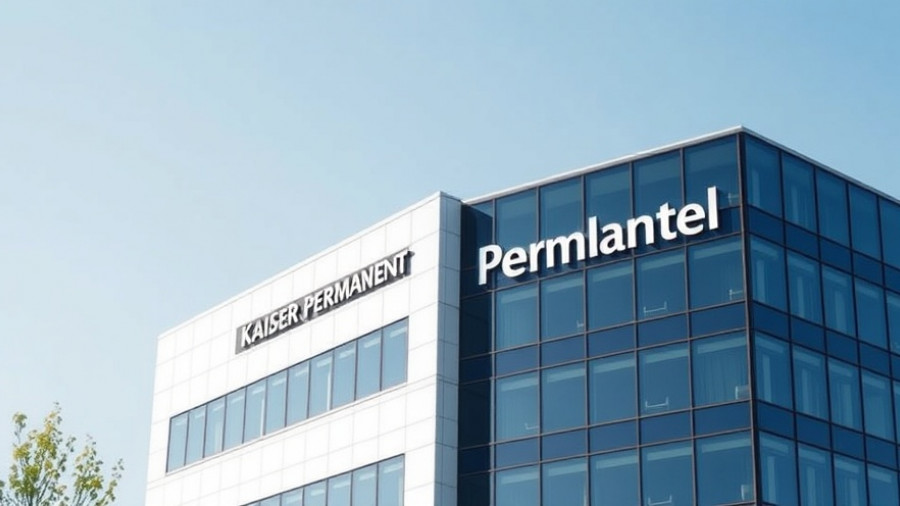
The Aftermath of a Historic Strike in Healthcare
The recent five-day strike involving nearly 30,000 Kaiser Permanente healthcare workers has brought to the forefront pressing issues surrounding patient care, staffing, and fair wages in the healthcare sector. Returning to work, workers expressed a sense of relief and hope for the future, yet the battle for optimal healthcare conditions is far from over. This pivotal moment, which captivated the attention of the Bay Area, echoes throughout California and beyond.
Historic Collective Action
Striking from October 14 to 19, 2025, workers across more than 500 Kaiser facilities took a stand against what they described as unsafe working conditions and stagnant pay. Among those participating were registered nurses, nurse practitioners, and various specialists. The strike was notably characterized as a declaration of unity among caregivers, a declaration that they demand safer staffing solutions and improvements to their contracts.
According to Charmaine Morales, president of the United Nurses Associations of California (UNAC), the action showcased a gathering momentum toward better working conditions, calling it “historic.” The strike not only aimed to secure better wages but also heightened awareness regarding patient safety and the overall quality of healthcare.
Negotiation Developments Ahead
In light of the strike's conclusion, both Kaiser Permanente and the Alliance union have set dates for further negotiations on October 22 and 23. Kaiser Permanente emphasized the significance of its contract proposal, which includes a projected 21.5% increase in base wages over four years. These negotiations will serve as a pivotal moment for both the employees and the organization itself, placing necessary attention on economic issues as they pertain to healthcare.
Future Implications for Patient Care
The outcome of these discussions could significantly reshape not just the work environment for healthcare employees, but also the quality of care provided to patients. With new standards for medical facility staffing endorsed by the Joint Commission, workers are optimistic that their newfound strength will lead to safer, more manageable workloads, ultimately benefiting the community's health outcomes.
Community Support and the Road Ahead
The Kaiser Permanente strike proves how intertwined the fate of healthcare workers is with the well-being of the communities they serve. As healthcare costs rise and millions face challenges accessing quality care, it becomes crucial for all parties involved to focus not only on contracts but also on the broader implications of these negotiations. As the community rallies behind the workers' demands, residents are hopeful for a swift and fair resolution that prioritizes both workers and patients alike.
Calls for Continued Vigilance
The end of the strike does not equate to the end of action. Caregivers are returning to their roles filled with passion and a renewed commitment to advocating for patient safety and fair treatment. Morales' statement rings true as she advocates for ongoing vigilance: “This strike may be over, but the fight for patient safety is not.” The wider community is encouraged to stay informed and involved, ensuring that the values of empathy, quality care, and worker rights remain at the forefront of this narrative.
 Add Row
Add Row  Add
Add 



Write A Comment